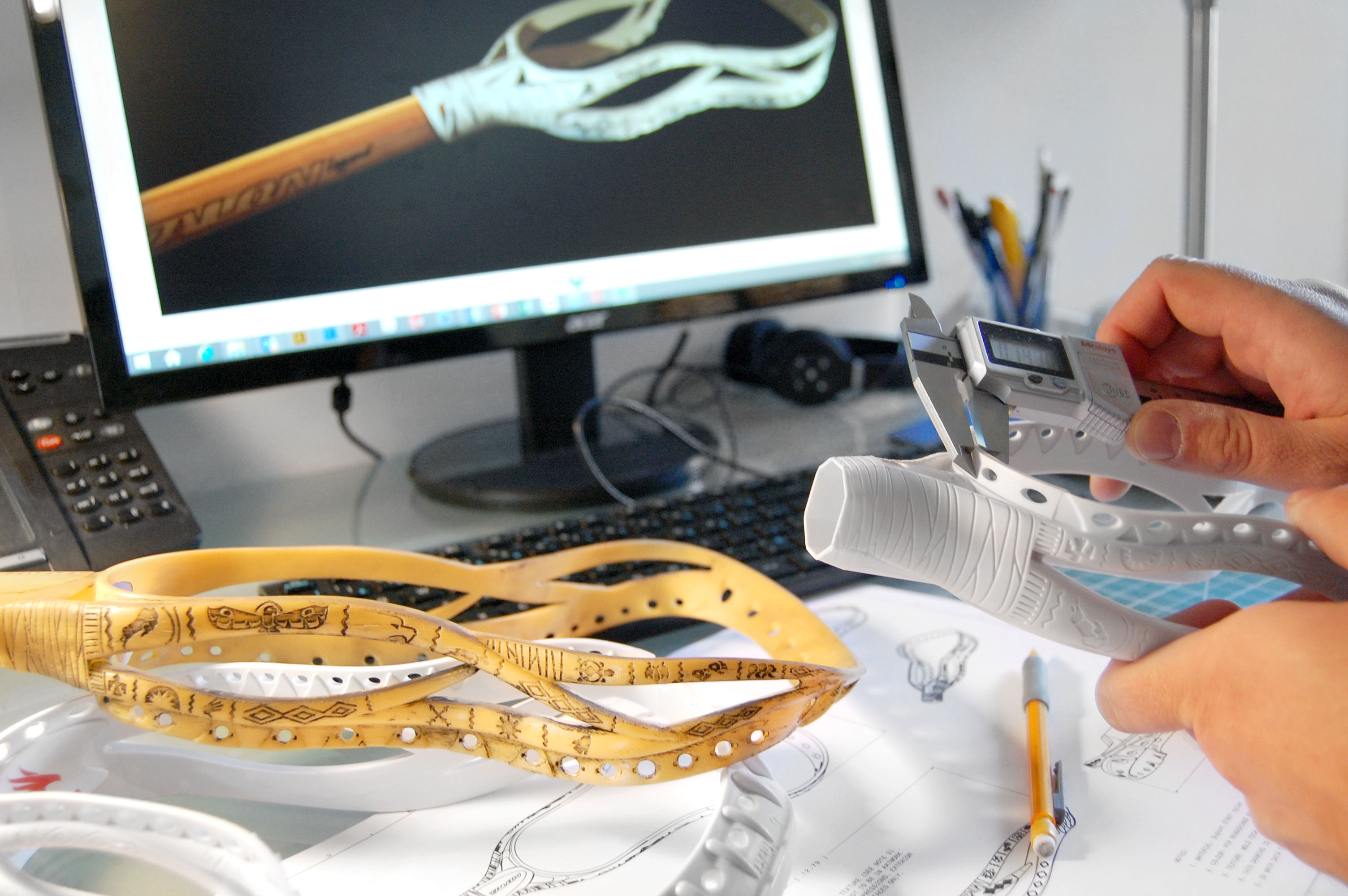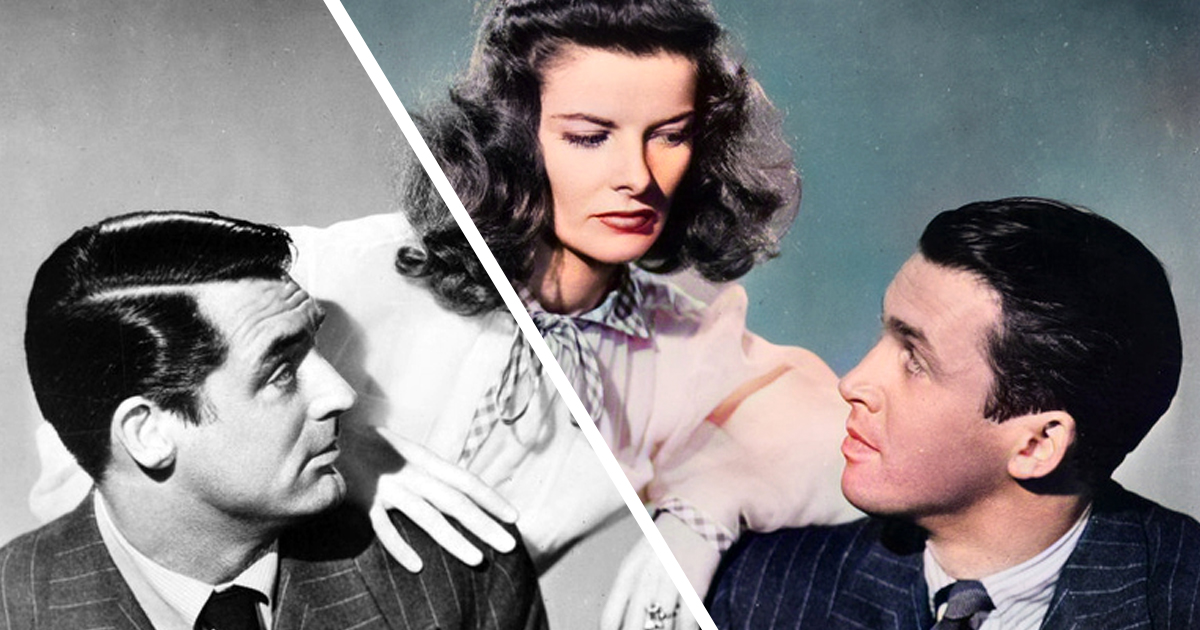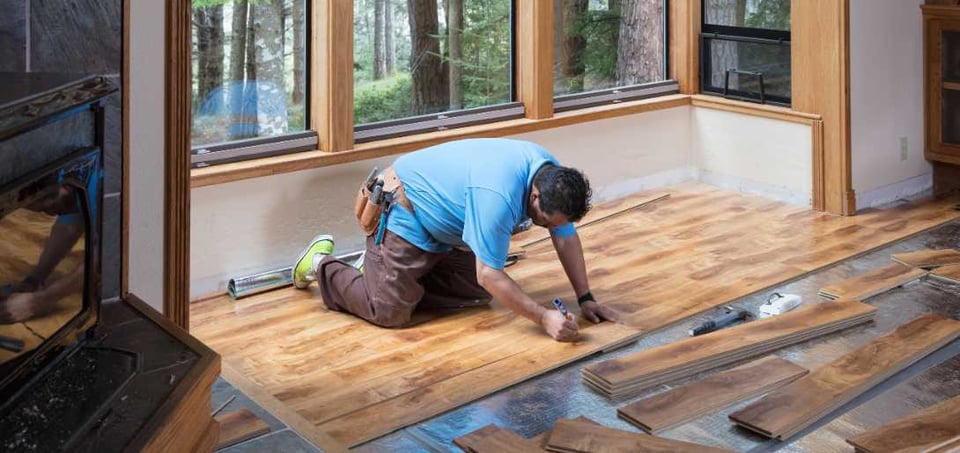Image Source: Google
Industrial design plays a crucial role in shaping the products and technologies we use every day. From the sleek lines of a smartphone to the ergonomic design of a chair, industrial designers are responsible for creating products that are not only functional but also aesthetically pleasing. In this article, we will explore the evolution of industrial design, from its early beginnings to the cutting-edge technologies shaping the industry today.
The Early Days of Industrial Design
Industrial design as a profession emerged in the late 19th and early 20th centuries, in response to the industrial revolution and the mass production of consumer goods. Early industrial designers focused on improving the functionality and usability of products, as well as creating products that were visually appealing to consumers. Some key developments during this period include:
Key Developments:
- Introduction of the Bauhaus school of design, which emphasized the combination of form and function in industrial design development technologies.
- Rise of industrial design as a profession, with companies hiring designers to create products that would stand out in the market.
- Development of new materials and manufacturing techniques, which allowed for greater creativity and innovation in product design.
The Modern Era of Industrial Design
As we moved into the 20th and 21st centuries, industrial design continued to evolve, incorporating new technologies and design trends to meet the changing needs of consumers. Some key trends and developments in modern industrial design include:
Key Trends:
- Integration of digital technologies, such as computer-aided design (CAD) software, 3D printing, and virtual reality, into the design process.
- Focus on sustainability and eco-friendly design practices, with designers looking for ways to reduce waste and create more durable products.
- Collaboration with other disciplines, such as engineering and marketing, to create products that are not only well-designed but also commercially viable.
The Future of Industrial Design
Looking ahead, the future of industrial design promises even more exciting developments, as designers continue to push the boundaries of creativity and innovation. Some key areas to watch in the future of industrial design include:
Key Areas:
- Use of artificial intelligence and machine learning to create personalized products tailored to individual consumer preferences.
- Growth of the circular economy, with designers focusing on creating products that can be easily disassembled and recycled at the end of their life cycle.
- Exploration of new materials and manufacturing techniques, such as biofabrication and additive manufacturing, to create products that are both sustainable and innovative.
Overall, industrial design has come a long way since its early days, evolving to meet the changing needs of society and incorporating new technologies and design trends along the way. As we look to the future, industrial designers will continue to play a vital role in shaping the products and technologies that define our modern world.



,quality(85)/f/54992/2220x1110/c7c362c1c9/stoneside-custom-transitional-shades-breakfast-nook-short.png)

